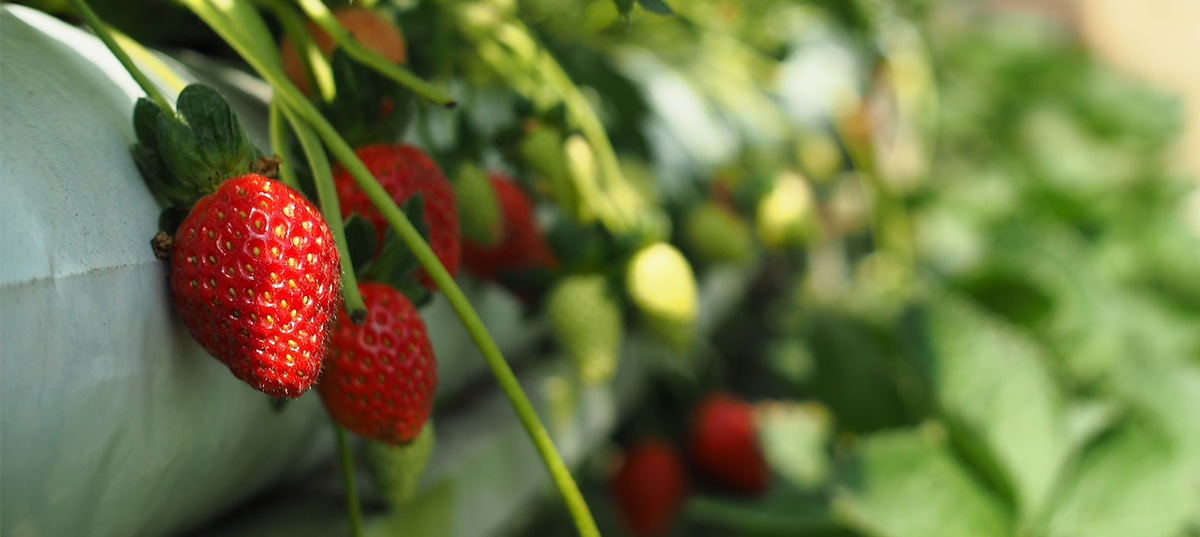Growing Strawberries in Containers

April 2023
Hopefully you have some houseplants in your apartment or townhome. They can liven up the mood of your place and even help clean the air. And if you’ve expanded to outdoor container gardening, you should know that it’s fun and easy to grow strawberries in pots.
Locally grown strawberries always taste better than strawberries purchased from grocery stores. Part of the reason is that strawberries shipped long distances need to be harvested days before they are fully ripe. And we’re coming up on the perfect time to get started. In Rochester, late April or early May is the best time to plant.
Now, if you’re a newbie to this whole strawberry-growing thing, don’t worry, we’ve got you covered. It’s best to start with potted strawberry plants from a nursery, rather than attempting to start them from scratch. Strawberries are a compact plant, so even if you’ve got limited space, you can still manage to grow a few pots. They love well-drained soil, so growing them in containers makes it easy to provide them with the perfect environment to thrive.
When it comes to choosing the right container, make sure it has good drainage. Strawberry pots, hanging baskets, and planters all work well, as long as they have several drainage holes at the bottom. Since their root ball is relatively small, you don’t need a deep planter – containers as small as 10 to 12 inches in diameter and 8 inches deep are totally fine. Just remember, the smaller the container, the more frequently you’ll need to water. Here’s a good example of a planter specifically designed for growing strawberries.
Now, onto the fun stuff! To get a successful crop, you’ll need to water, fertilize, and prune your strawberries. You’ll know it’s time to water when the soil is dry – just stick your finger about an inch in there and see how it feels. If it’s moist, hold off on watering. If it’s dry, then it’s time to give your strawberries a drink.
If your potting soil doesn’t contain fertilizer, no worries – just apply a liquid fertilizer based on the package instructions. Typically, it’s every two or three weeks throughout the growing season. And if you want to get the biggest crop of berries possible, make sure to prune your plants. Snip off those runners as they appear, since they can take energy away from the plant and reduce your yield.
Finally, the best part: picking and enjoying those ripe, juicy strawberries! Leave them on the plant until they’re fully ripe, then pick and wash them. You can eat them plain, toss them in a smoothie, or indulge in some strawberry shortcake – the possibilities are endless! Happy planting!
